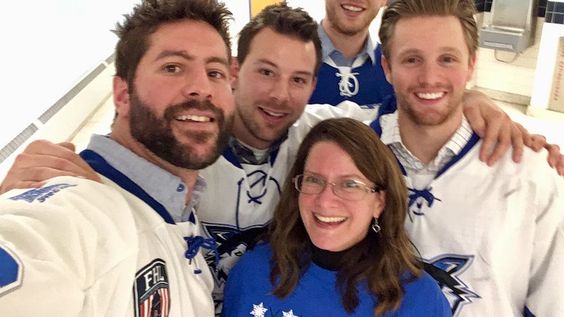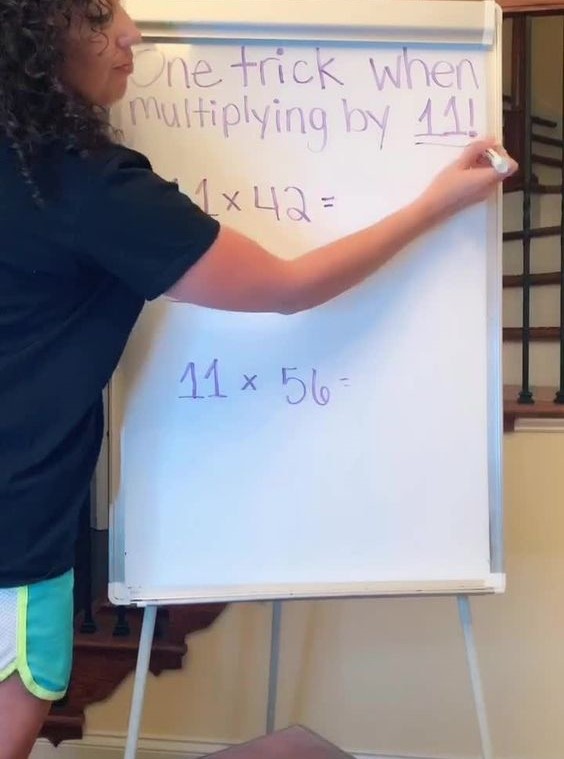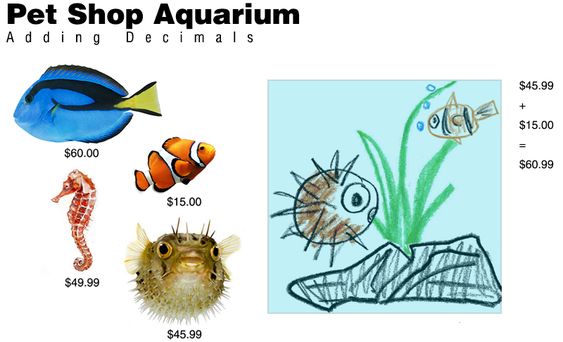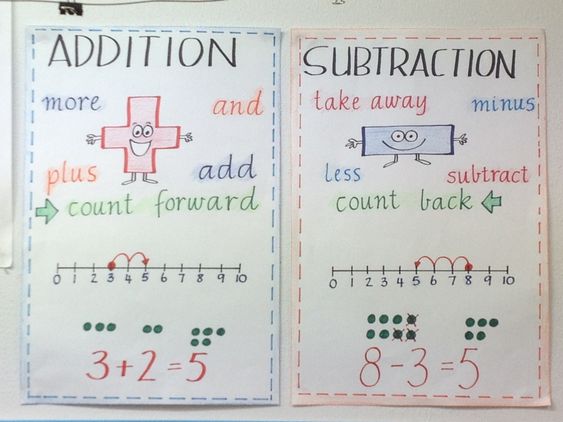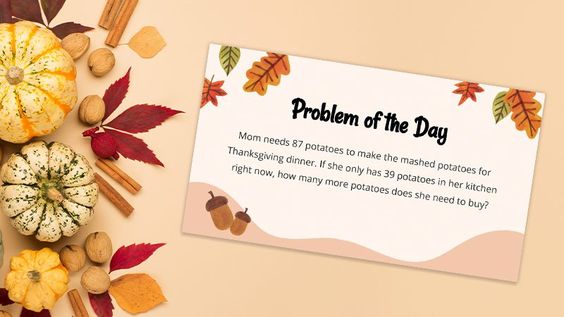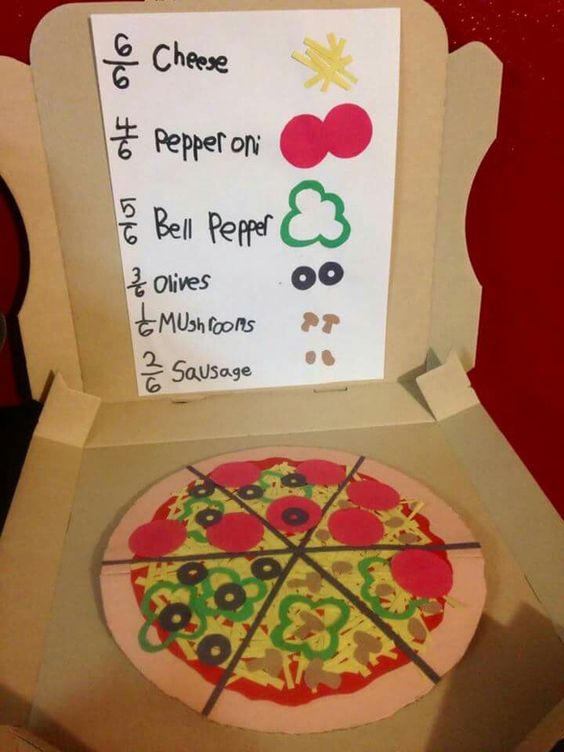As an educator, it’s crucial to find innovative and engaging ways to teach students complex subjects like math. One of the most effective techniques I’ve found is through incorporating elements they are passionate about, such as their favorite sport – professional hockey! In this article, I will share how I use professional hockey to teach math to my seventh-grade students.
1. Statistics for the Win!
Hockey is a game rich in statistics and data that can be harnessed for mathematical learning. We start by analyzing scores, player points, save percentages, goal averages, and more from real games and seasons. Students learn mathematical concepts like averages, probability, and ratios while comparing their favorite teams and players. By merging the excitement of professional hockey with mathematical concepts, students suddenly find math more approachable and enjoyable.
2. Puck Speed and Quadratic Equations
In hockey, the speed of a puck is an essential factor contributing to the success or failure of scoring goals. This allows me to introduce quadratic equations into the classroom as we discuss the speed of pucks in various scenarios. Students learn how to calculate speed based on time and distance traveled both on paper calculations and online simulations. This hands-on experience helps them grasp abstract topics quickly while relating it back to their favorite sport.
3. Geometry on Ice
The shape and dimensions of a hockey rink present a prime opportunity for students to learn geometry. Concepts like area, perimeter, angles, lines, and more are easily demonstrated using actual dimensions from professional ice rinks. Students calculate areas and perimeters for zones on the ice such as offensive zones or goal creases while discussing various game strategies that require a deep understanding of these geometrical basics.
4. Game Strategy & Probability
Hockey games are unpredictable by nature—making them perfect for teaching probability in math class. By exploring different game scenarios (‘what if’ questions) based on actual team strengths, strategies, and individual player statistics, students can learn about probabilities in an engaging way. They work together to analyze potential outcomes and calculate their likelihood of occurring while discussing their favorite games of the season.
5. Math Enrichment Activities
By incorporating hockey-related enrichment activities outside the classroom, students are encouraged to apply what they have learned in real-life scenarios. These activities can include attending a local hockey game to collect real-time statistics or watching a live online game while discussing mathematical elements as the game unfolds.
In conclusion, by integrating professional hockey into my seventh-grade math curriculum, I have not only managed to engage my students more in the learning process but also help build skills that will serve them in future academic pursuits. While not every student may be a fan of hockey, using a unique and exciting approach such as this can ultimately inspire them to explore new ways of understanding complex mathematical concepts.
